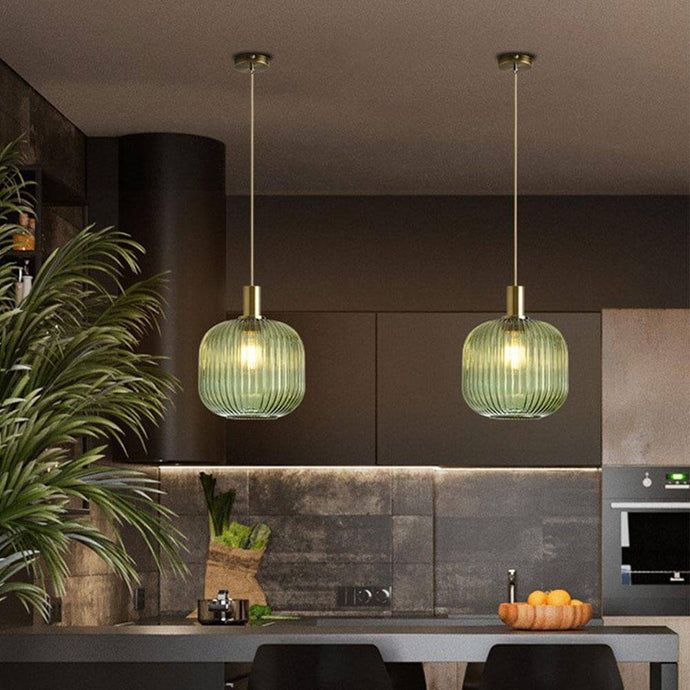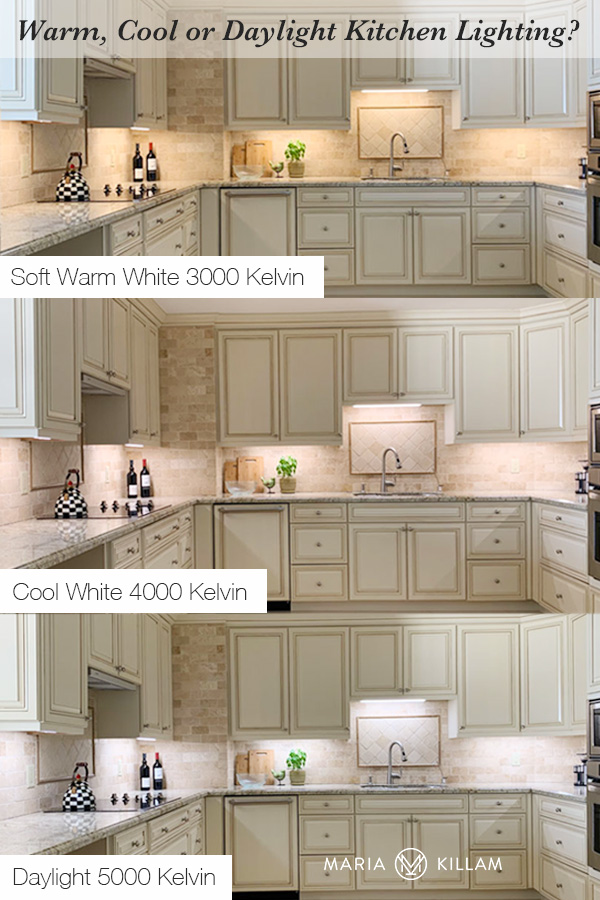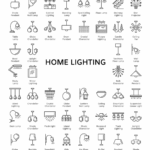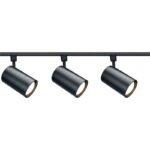
When it comes to designing a kitchen, one of the most important factors to consider is lighting. A well-lit kitchen not only helps you see what you’re cooking, but it also creates a welcoming and inviting atmosphere. With the right lighting choices, you can enhance the functionality and aesthetic appeal of your kitchen.
There are three main types of lighting that are typically used in kitchens: ambient, task, and accent lighting. Ambient lighting provides overall illumination to the space and is usually achieved through ceiling lights or track lighting. Task lighting, on the other hand, is focused on specific work areas such as countertops, sinks, and stovetops. This type of lighting can come in the form of under cabinet lights, pendant lights, or recessed lighting. Finally, accent lighting is used to highlight certain features in the kitchen, such as a piece of art or a decorative backsplash.
When planning the lighting for your kitchen, it’s important to consider the layout and size of the space. For smaller kitchens, recessed lighting can help to create a sense of spaciousness, while larger kitchens may benefit from a combination of different types of lighting to ensure that all areas are properly illuminated. Additionally, you’ll want to think about the color temperature of the lights you choose. Warm white or soft white lights are typically best for kitchens as they create a cozy and inviting ambiance.
Under cabinet lighting is a popular choice for task lighting in the kitchen. These lights can be installed underneath cabinets to illuminate countertops and work areas. LED strip lights are a common option for under cabinet lighting as they are energy-efficient and come in a variety of lengths to suit different cabinet sizes. Pendant lights are another stylish option for task lighting, particularly over kitchen islands or dining tables. These lights not only provide focused illumination but can also serve as a decorative feature in the space.
In addition to choosing the right type of lighting, it’s important to pay attention to the placement of lights in the kitchen. Overhead lighting should be evenly distributed throughout the space to avoid shadows and dark spots. Task lighting should be strategically placed above work areas to ensure that you have enough light to see what you’re doing. Accent lighting can be used to draw attention to specific features, such as a statement backsplash or a collection of glassware.
In conclusion, lighting plays a crucial role in the design and functionality of a kitchen. By carefully selecting the right types of lighting and placing them strategically throughout the space, you can create a bright and inviting atmosphere that enhances your cooking experience. Whether you opt for recessed lighting, pendant lights, or under cabinet lights, there are plenty of options to choose from when it comes to lighting your kitchen.
 Decor ideas Style Starts Here
Decor ideas Style Starts Here








